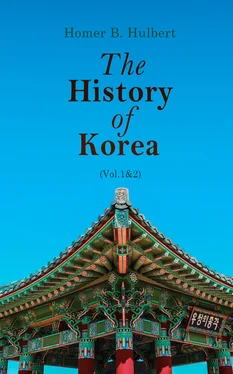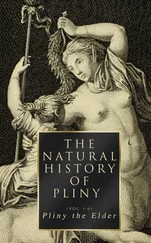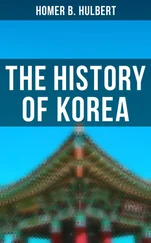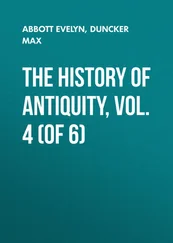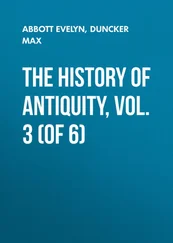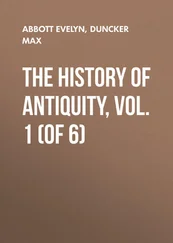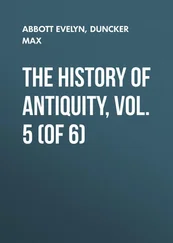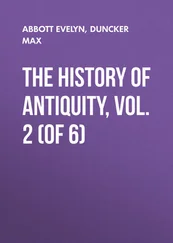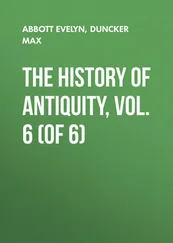The influence which priestcraft had exercised in Koryŭ was well illustrated by a monk Myo-chung of P‘yŭng-yang who told the King that there was no more “king Spirit” in the soil of Song-do, but if he should move the capital to P‘yŭng-yang the Kitan, Kin and Sung would all become subject to him. The king believed every word of this and ordered a palace to be built there for his occupancy. A year or so later, after sending the Kin court his abject submission, he essayed to move to the northern city by boat, but a fresh breeze sprang up and he quickly changed his mind and hurried back to Song-do. The coastwise trade must have been of considerable importance, for we read that the water on the bar at Hong-ju harbor, was too shallow for boats of large burden to cross, so the king put several thousand men to work to deepen the channel; but to no effect.
The fight between Confucianism and Buddhism went steadily on. The king was the puppet of the latter but could not always carry out his plans. He wanted to take away the support of Confucian schools and turn over the funds to the monks, but this called out such a storm of remonstrances that he hastened to recall the order. He had not forgotten the flattering words of the monk Myo-chung, and now in 1130 he took occasion to visit the city of P‘yŭng-yang. The tricky monk had made preparation for his coming. Hollow loaves of bread were prepared with holes in their sides after the style of a Jack-o’-lantern. Oil was placed inside and as the king approached the town at dusk these were floated down the stream, and the oil on the water, shining in the light of the setting sun, reflected all the hues of the rainbow. The monk told the king that this was the dragon’s breath. This was to convince the king of the truth of his former statement. But the king’s attendants were sceptical and sent messengers who returned with the bread floats, thus unmasking the trickster. They demanded the head of the monk but the king did not consent.
Foiled in this the ambitious monk laid new plans. In 1135 they were ready to be put in execution. Together with a fellow traitor, Cho Kwang, he massed soldiers at P‘yŭng-yang and set up a kingdom of his own which he named Ta-wi. He called the army the “Celestial Army,” perhaps to keep them in good humor. The government forces easily overcame these insurrectionary forces and Cho Kwang, finding that the end was approaching, tried to buy pardon by cutting off the head of the monk and bringing it to the capital. The king forgave him, but no sooner had he re-entered the gates of P‘yŭng-yang than he raised the standard of revolt again. The royal forces laid siege to the city, and having broken down a portion of the wall effected an entrance. Cho Kwang, seeing that there was no longer any chance of safety, set fire to his house and perished in the flames.
We find in the records the curious statement that the law against murder was revised, making that crime a greater one than the killing of a cow. The following year there was a Buddhistic festival at which 30,000 monks were present.
In the year 1145 occurred an event of great importance. A century and a quarter had now passed since the kingdom of Sil-la had fallen and as yet the annals of Sil-la, Ko-gu-ryŭ and Păk-je had not been worked up into a proper history. This year it was done and the great work entitled Sam-guk-sa, or History of the Three Kingdoms, was the result. This work which, though rare, exists to-day, is the thesaurus of ancient Korean history, and it is the basis upon which all subsequent histories of ancient Korea are founded. Its compiler, Kim Pu-sik, is one of the celebrated literary men of Korea and may truly be called the father of Korean history.
In-jong was succeeded in 1147 by his son Hyön, posthumous title Eui-jong. Never before had a king given himself over so abjectly to the priesthood. The people were thoroughly discontented with his course, but he would listen to no remonstrances. It would have been better had he been a more consistent Buddhist but his drinking, gambling and licentiousness gave the lie to his religious pretentions and left the impression that he was in reality only the tool of the priesthood. It is said that his visits to a certain monastery were so frequent that an awning had to be erected from the palace to its gates, and if at any time the king was not to be found they looked for him in this monastery. He was an object of ridicule to the whole people. A diviner told him that if he built a palace at Păk-ju (now Pă-ch‘ŭn) in Whang-hă Province, in seven years he would overcome both Kitan and Kin. The king was simple enough to follow his advice. He wasted the public treasure on the wildest debaucheries, gave high positions to monks and surrounded himself with a vile set of men who debauched the palace women.
In 1165 numbers of the Kin people crossed the Yalu and settled at In-ju and Chŭng-ju. The magistrates raised a force of soldiers on their own account without royal authority and drove out the intruders and burned their houses. The Kin emperor made the king restore them to their places but the magistrates again drove them out; so the Emperor sent a body of troops and seized sixteen of the country officials.
The officials desired to stop the king’s frequent visits to his favorite monastery. One day as he was passing along his covered passage-way they made his horse rear violently and at the same time one of them let fall an arrow before him. The king was terrified, supposing that someone had shot at him, so he returned to the palace in haste and barred the gates. He charged a slave of his brother’s with having shot the arrow and after wringing a false confession from him by torture put him to death.
In 1168 Ch’oe Ch’ŭk-kyŭng became prefect of T’am-na (Quelpart). He was well liked by the people and when he was removed and another man put in his place they rose in revolt, drove out the successor and said they would have no governor but Ch’oe. So the King was obliged to reinstate him. These people of Quelpart were very unruly. It was only during the reign of this king’s father that the first prefect had been sent to that island.
The king sent a commission to Dagelet island off the east coast to find out whether it was habitable. They brought back an adverse report.
Besides his partiality to Buddhism the king added another burden to those which the people already carried. He made the eunuchs his instruments to exact money from the people, and to such as supplied him with the most money from this illegal practice he gave rank and honors. The king was continually feasting, but none of the military men enjoyed his favor or shared his hospitality. Matters came to a crisis when in 1170 one of the military officials was struck by a civil official of a lower grade in the presence of the king while at a monastery outside the city. The matter was hushed up for the moment but when the company separated some of the generals assembled the palace guards and seized and killed the two leading civil officials. One, Han Roe, escaped and hid behind the king’s bed. In spite of this the generals entered and dragged him away to his death. Then they began to slaughter the civil officials and eunuchs indiscriminately. The records say that the dead bodies were piled “mountains high.” The military officials had a sign by which they might be distinguished. The right shoulder was left bare and they wore a head-dress called the pok-tu . Whoever was found lacking these two signs was cut down. The king was in mortal fear and tried to propitiate the leading general by the gift of a beautiful sword. He accepted it but the work of death went on. They took the king back to the capital and, arriving at the palace, cut down ten leading men at that point. Then they went to the palace of the crown prince and killed ten more. Proclamation was made in the main street “Kill any official wearing the garments of the civil rank”. This was the sign for a general slaughter and fifty more of the officials were murdered. After this, twenty eunuchs were beheaded and their heads were set upon pikes.
Читать дальше
